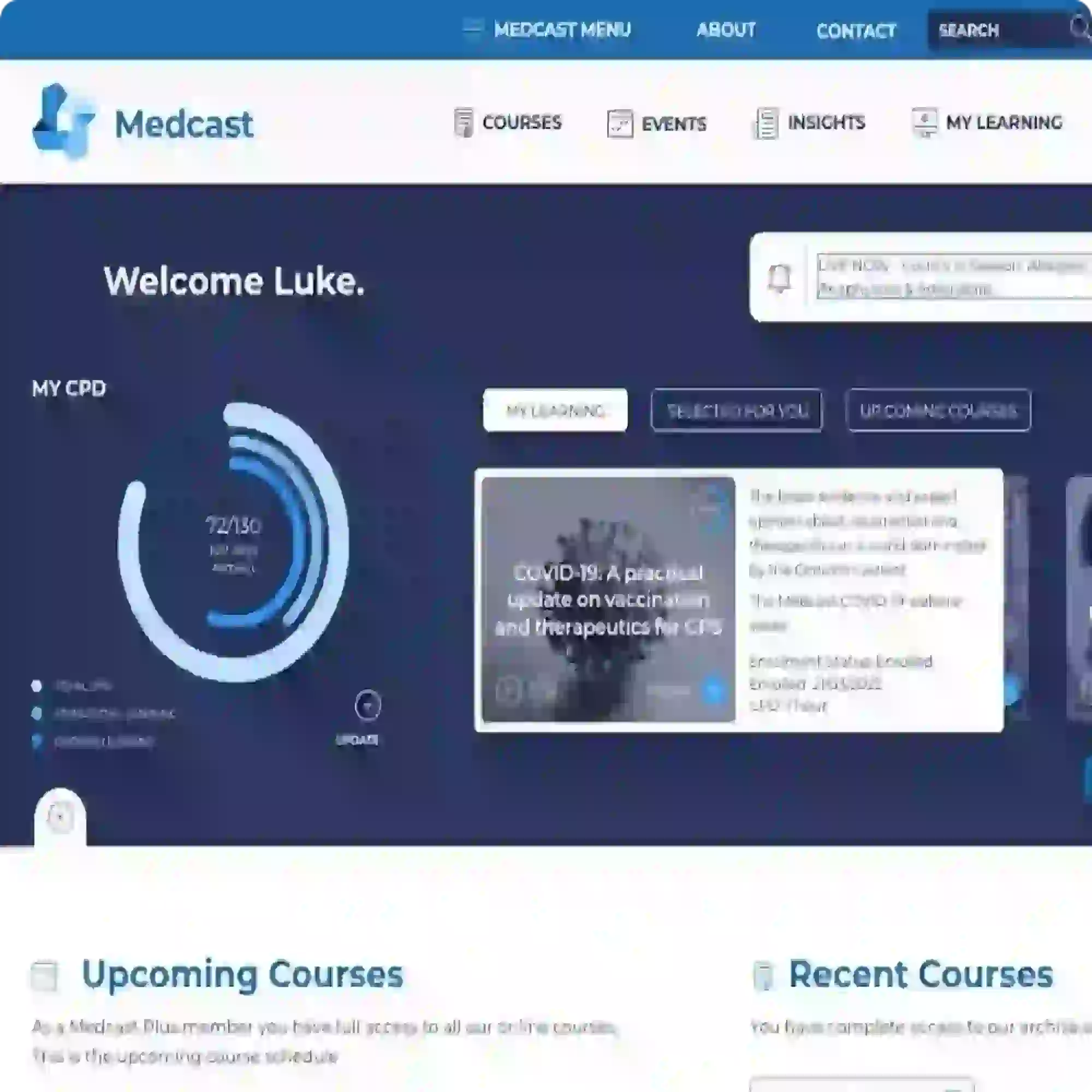Long COVID-19
A year ago no-one would have predicted what would happen in 2020. COVID-19 has turned the world upside-down.
As doctors we have faced particular challenges. Understandably the initial focus was clearly on assessing patients with acute covid. But as the weeks passed it became clear that while most patients survived, not everyone got better – Long COVID-19.
This disease is in its infancy and our knowledge improves as each week passes but there are still many questions. Who gets long covid and why? What effects does it cause and how long does it last? When should we reassure and when should we investigate?
The video below is an excerpt of an interview by Dr Neal Tucker with a GP colleague who has experienced Long COVID first hand. To view the whole clip and for more information about Long COVID, watch the webinar devoted to the topic or join us for the Hot Topics GP Update 2021:
To learn about Long COVID, and to enrol in our upcoming Hot Topics course, please click here.

Neal is the E-learning lead for NB Medical Education and a lecturer on the Hot Topics course. Having previously been a partner in an Oxford practice, he now works on a sessional basis around Oxford to facilitate his educational work.
Become a member and get unlimited access to 100s of hours of premium education.
Learn moreCo-billing and split billing are often a source of confusion for many GPs. This FastTrack clearly defines these two methods of billing, including examples, explanations of when it is and isn’t appropriate to co- or split bill, and common compliance pitfalls. 30 mins each RP and EA available with the quiz.
The Coordinated Veterans’ Care (CVC) Program is a DVA initiative that allows GPs to provide structured, proactive care in the community for eligible veterans and war widows. This FastTrack provides a guide to billing the CVC program, and outlines a strategy for its practice-wide integration.
Achilles tendinopathy is a common cause of posterior heel pain and functional impairment. GPs are well-placed to coordinate care for these patients. This FastTrack fact sheet provides a concise summary of diagnosis and non-surgical management, including when to refer. Earn 30mins each RP and EA CPD with the quiz.

